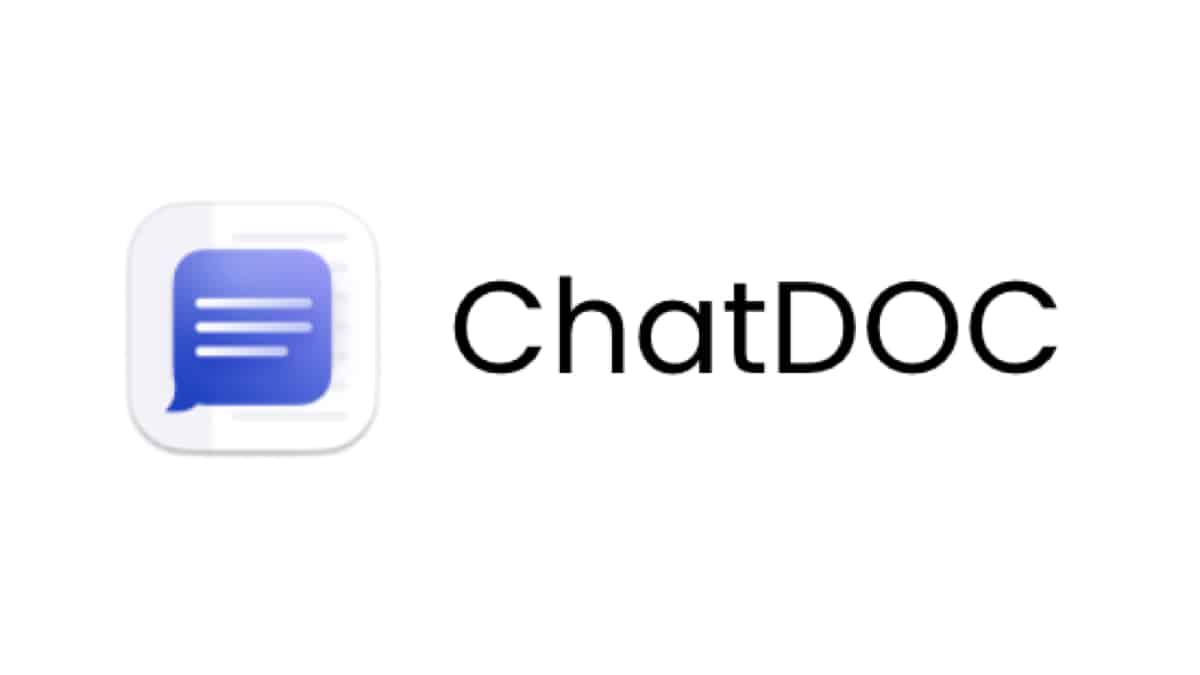ChatDOC: What is it & what is it used for?

Table of Contents
In today’s fast-paced world, we are bombarded with abundant information, and keeping up with it all can be a challenge. Reading research papers, books, manuals, and other documents can be time-consuming and overwhelming, particularly when searching for specific information. That’s where ChatDOC comes in.
ChatDOC is an AI assistant that can read files. Moreover, it can swiftly locate, extract, and summarize info from any documents and PDFs. Therefore, it enables you to read faster and learn better.
But what is it really, and how can you use it? Carry on reading to find out.
ChatDOC Features
ChatDOC is a ChatGPT-based tool that allows you to chat with your documents and get instant answers from cited sources. The tool is user-friendly and easy to use.
Upload your documents, and ask any questions about them. Within seconds, ChatDOC will provide you with easy-to-understand answers.
The AI can understand any text or tables within the documents. Therefore, it can optimize its data-assessment performance. With this feature, you can select tables or texts for improved analysis, making locating and understanding the information you need easier.
Moreover, ChatDOC backs all its responses with direct citations. And the AI tool extracts these citations directly from the files. Therefore, it ensures the accuracy of interpretation. You can click on the sources cited for fact-checking and ensure the information you’re receiving is reliable.
For individuals who frequently read and analyze documents, ChatDOC can be an invaluable tool. It can save time and effort, enabling you to focus on the most important aspects of your work.
ChatDOC Pricing & Storage
ChatDOC offers a free version that allows you to sign up for a free account. With the free version, you can upload five documents containing no more than 200 pages within 24 hours. Additionally, you can ask up to 300 questions during the same 24-hour window.
The application stores your files in encrypted cloud storage to ensure their security. The tool’s strict security protocols guarantee the utmost safety for your information and protect it from potential threats.
Upcoming Features
In the upcoming version, you can generate combined results by applying queries to multiple documents simultaneously. This feature will enable you to search multiple documents, saving time and making locating the information you need easier.
FAQ: Can ChatDOC read and extract information from any document?
ChatDOC can read and extract information from PDF documents only. It uses natural language processing to understand the content of the PDF and provide accurate answers to your questions. If you have documents in other formats, you must convert them to PDF before uploading them to the platform.
FAQ: Is ChatDOC suitable for large-scale document analysis?
ChatDOC’s free version allows you to upload a maximum of 5 documents, each containing no more than 200 pages, within 24 hours. While this may be sufficient for individuals, it may not be suitable for large-scale document analysis.
However, in the upcoming version of ChatDOC, you can generate combined results by applying queries to multiple documents simultaneously, making it easier to search across multiple documents.
Conclusion
ChatDOC is a powerful AI file-reading assistant that can help you read faster and learn better. With its easy-to-use interface, powerful features, and strict security protocols, this tool is a must-have for anyone who frequently reads and analyzes documents.
Whether you’re a researcher, student, or professional, ChatDOC can save you time and effort, enabling you to focus on the most important aspects of your work.
